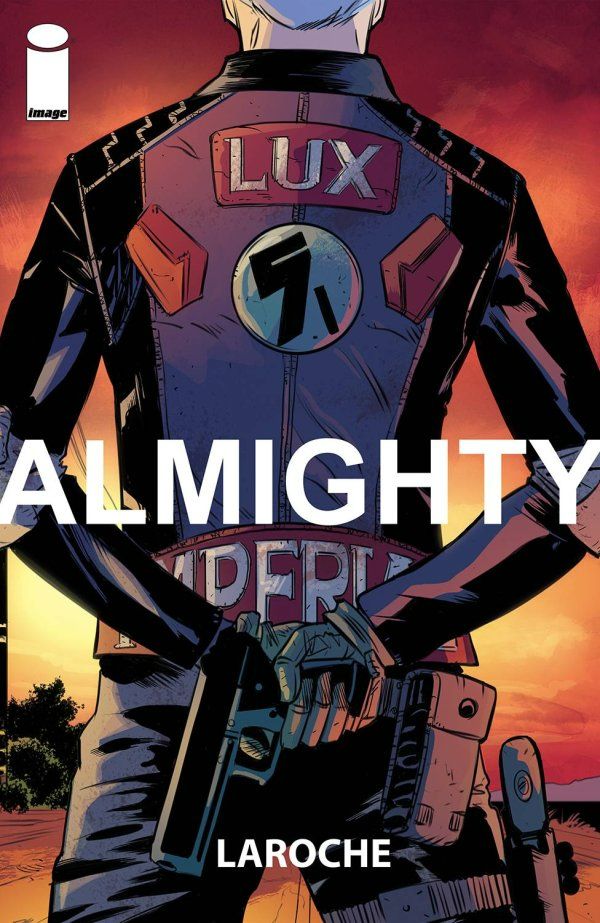The year is 2098. In the year 2059, The world fell into environmental and economic collapse. filled with different zones and factions warring against each other while the people caught in the crossfire are left to scramble and salvage whatever they can under harsh conditions. 
All that controls the roads are gangs of various sorts. A girl named Del is held hostage, and the only one hired to rescue her is a killer capable of the job.
As described in the solicitations of this book, this book definitely has some Mad Max DNA in it, but as far as post-apocalyptic road stories go, that all it seems to have in common with it. Laroche writes a story that has a dense lore about America’s descent into chaos, and how the aftermath resulted in a chaotic world where law only applies to specific zones but is not applicable everywhere else. The character of Del is interesting given her circumstance as a volunteer frontline worker caught in the midst of conflict and trying to reconcile the futility of all the work she’s done and the harsh realities that she faces within the landscape of disparity.
Del isn’t the only character of focus in this book. She parallels hired person, Fale, who is unknown but has grown accustomed to the world she lives in. What they hold in common is that they’re stuck in a world of greed, corruption, and hopelessness. But what keeps them going is their tenacity to survive the harsh plane that they traverse in order to make it to safety. Laroche manages to do a good job at showing the kind of disparity and depravity that exists in this modern dystopia, where America is nothing but a distant dream, and all that remains is chaos.
Laroche does double duty as both the writer and as the illustrator of this book. His art style matches the kind of tone that he has established. It is rough, rigid, and animated, which fits the kind of tone for this kind of story. There’s elements of his style that remind me of the early 2000’s Hellblazer run that just looks graphically appealing with his use of black inks for shadows and cel shading that holds interest. Brad Simpson’s clever use of color work helps to add temperature to the dry, humid landscape that the characters inhabit and James Reed helps to enforce that with his use of lettering which is well placed and executed to weave both the art and writing together. This is an interesting book that’s worth checking out to see where it goes. If you’re looking for a Mad Max fix to fill the void, this book might do the trick for new comic book day.

